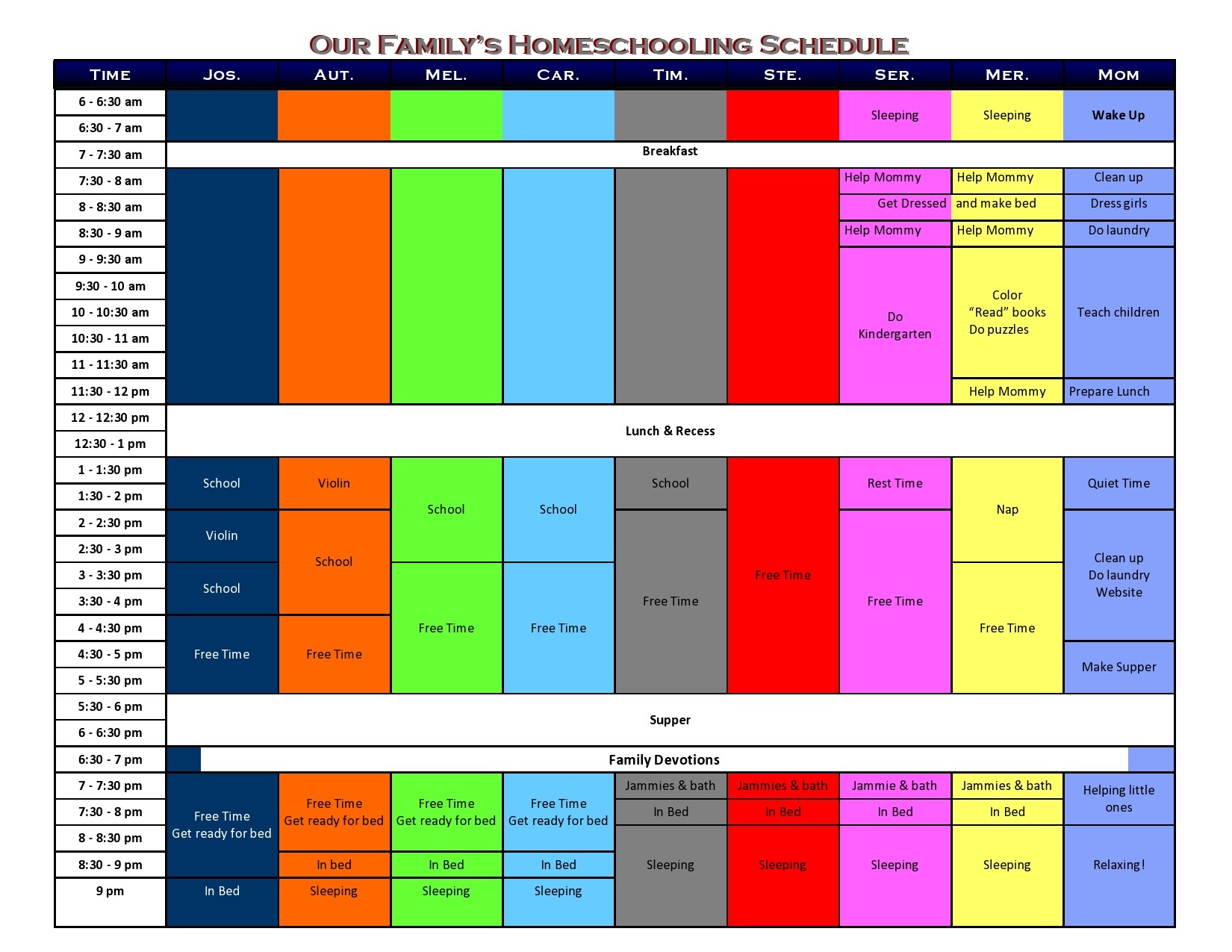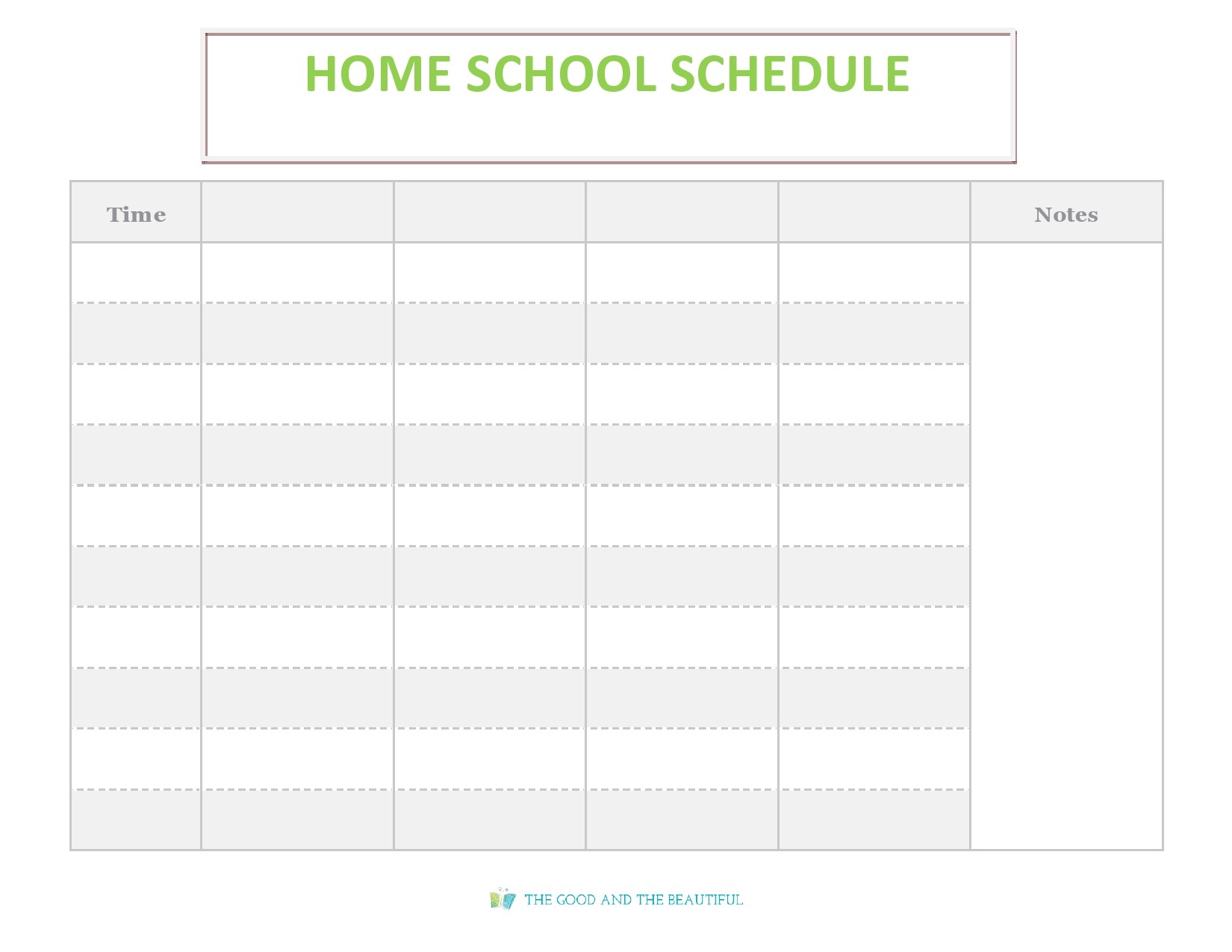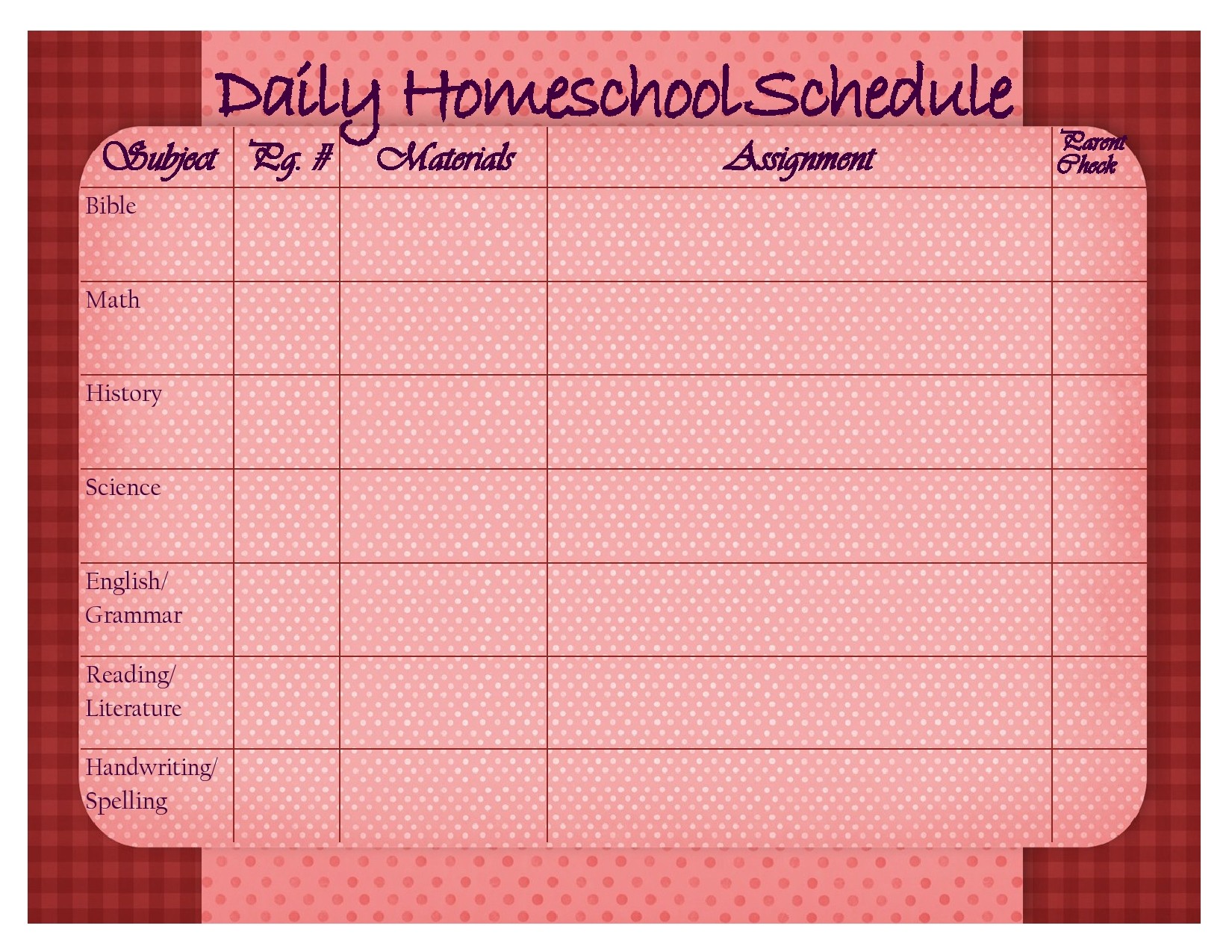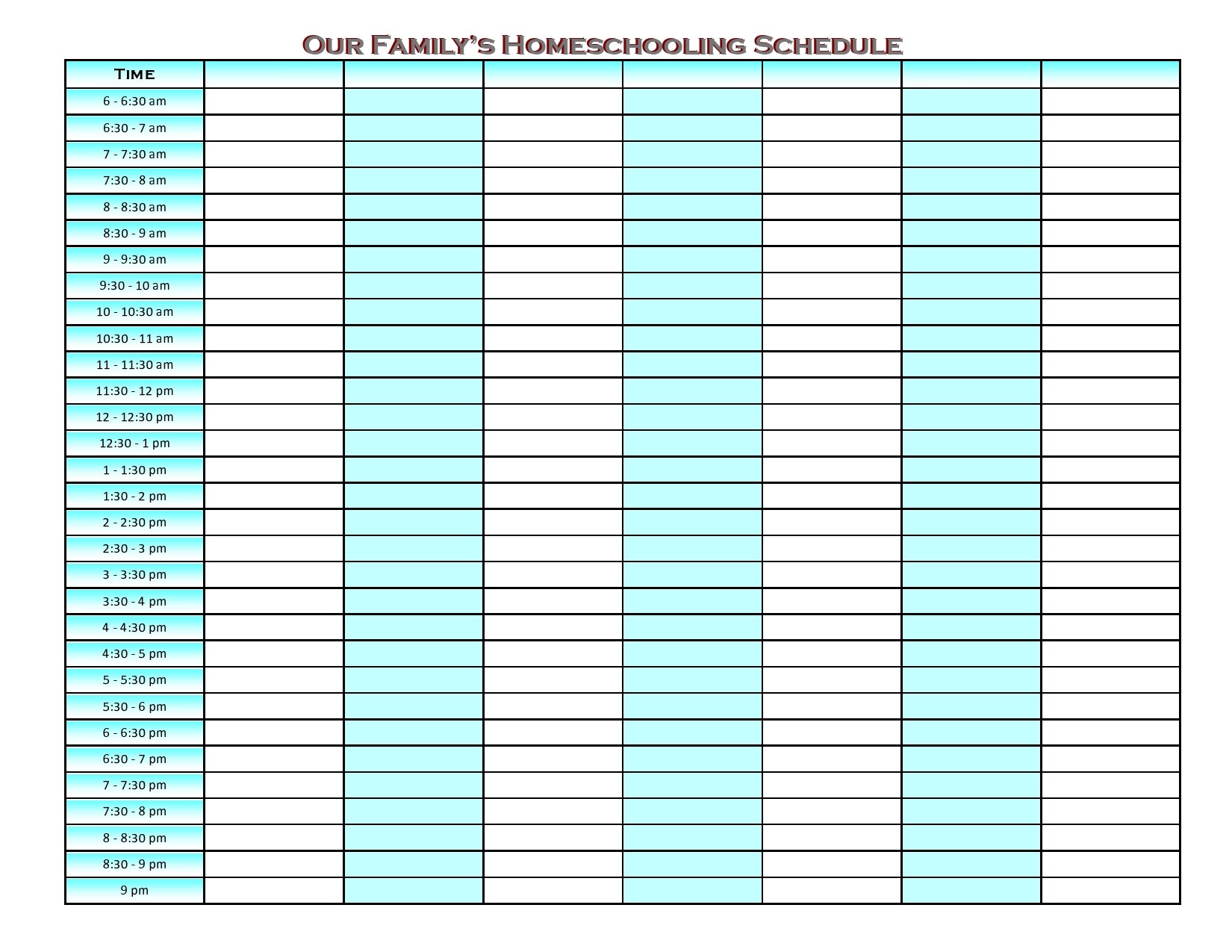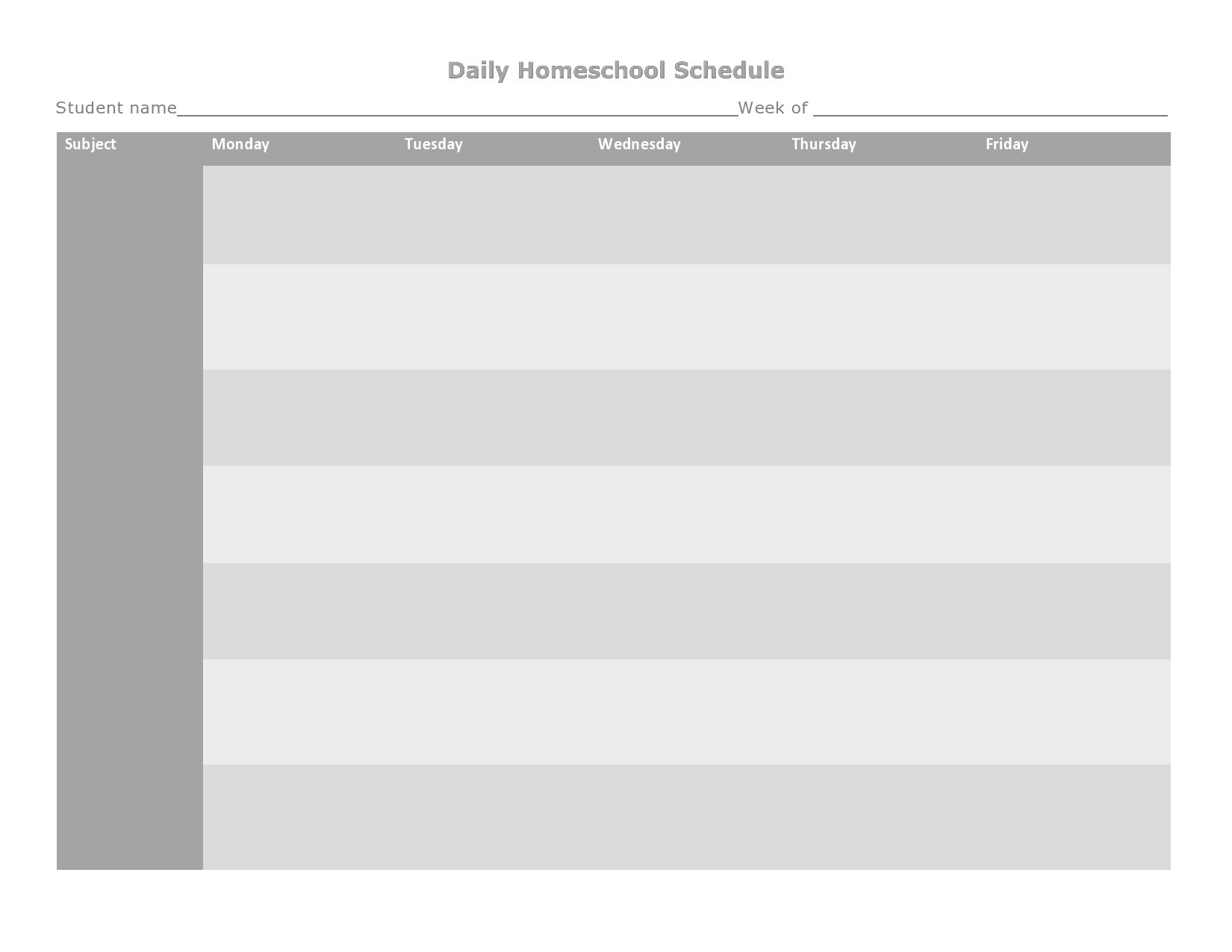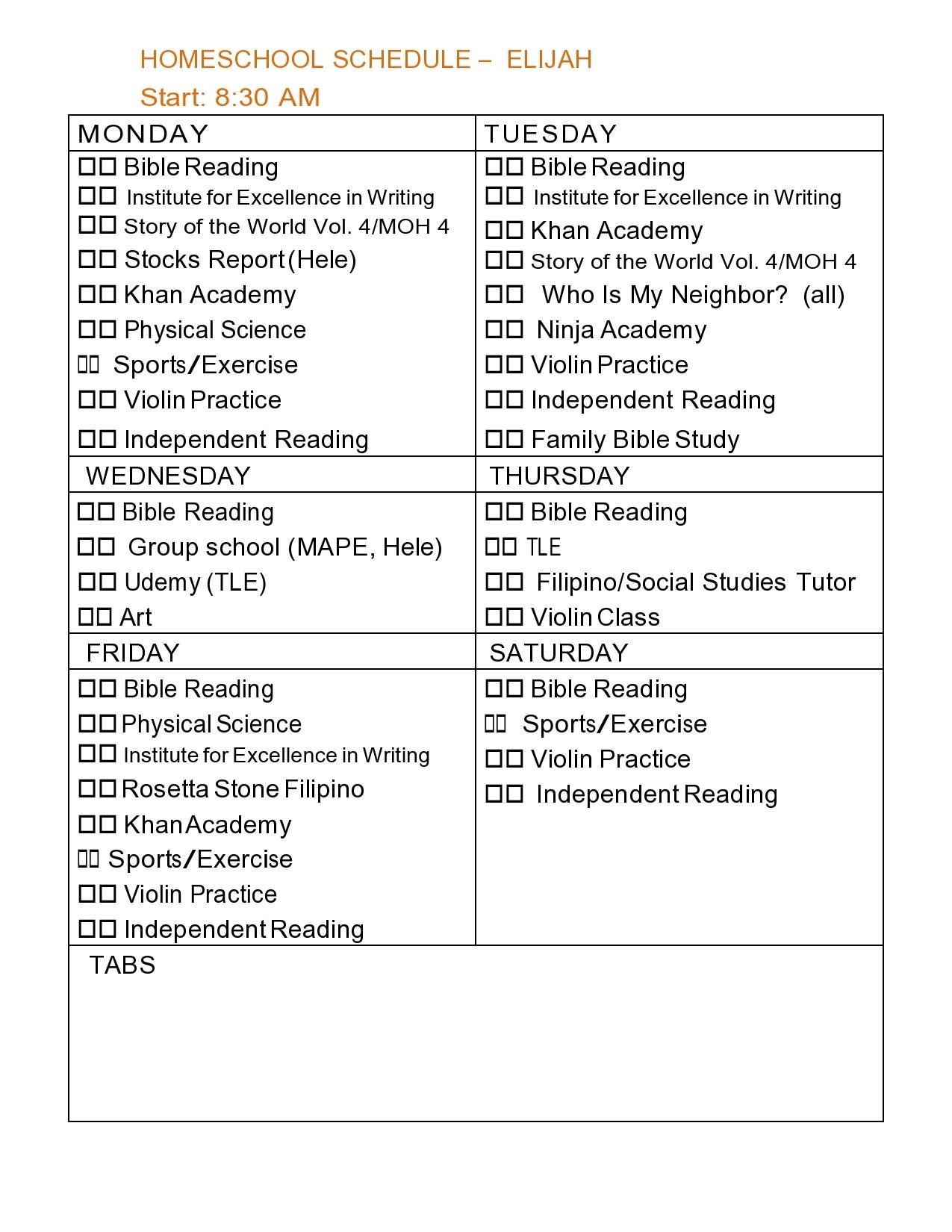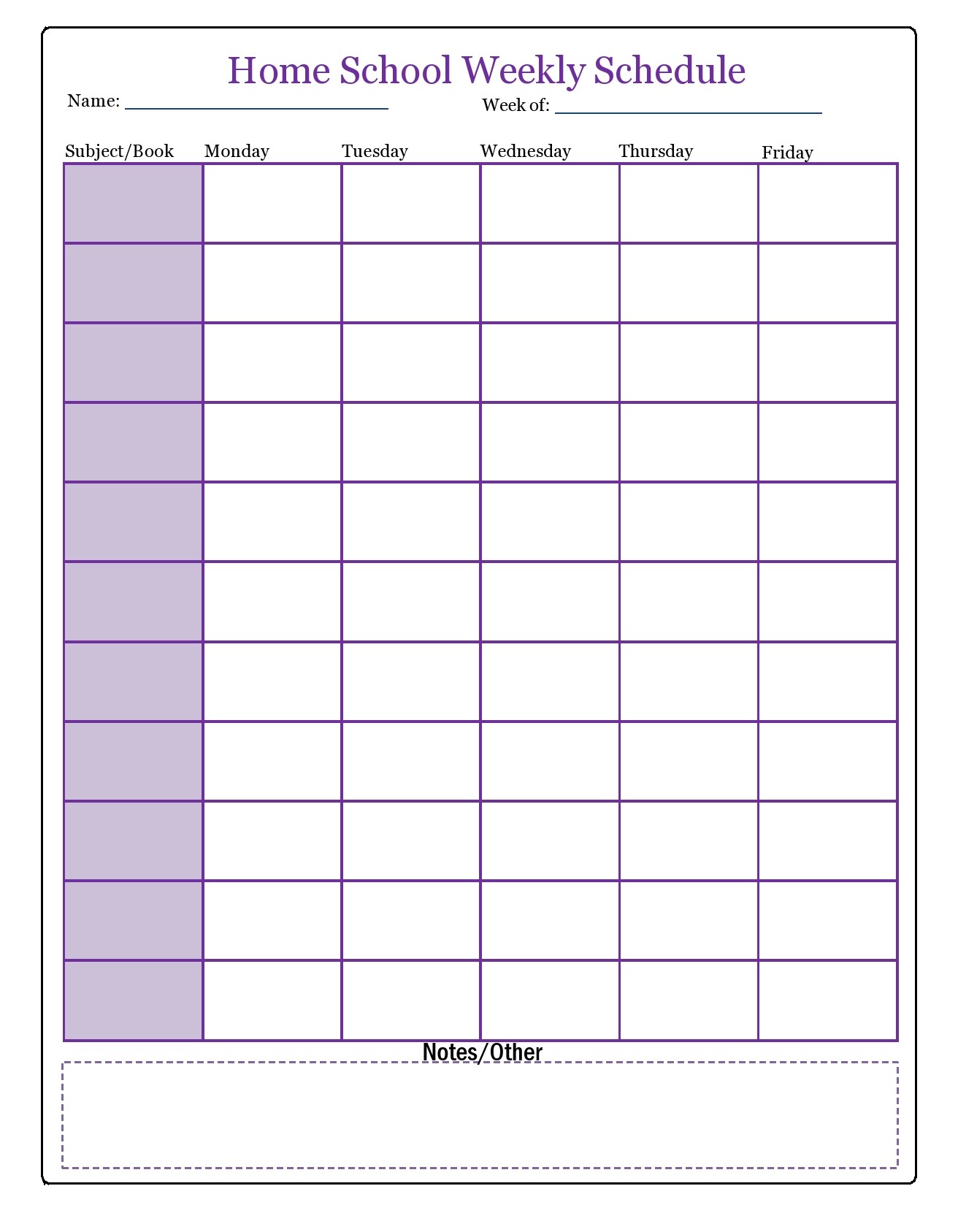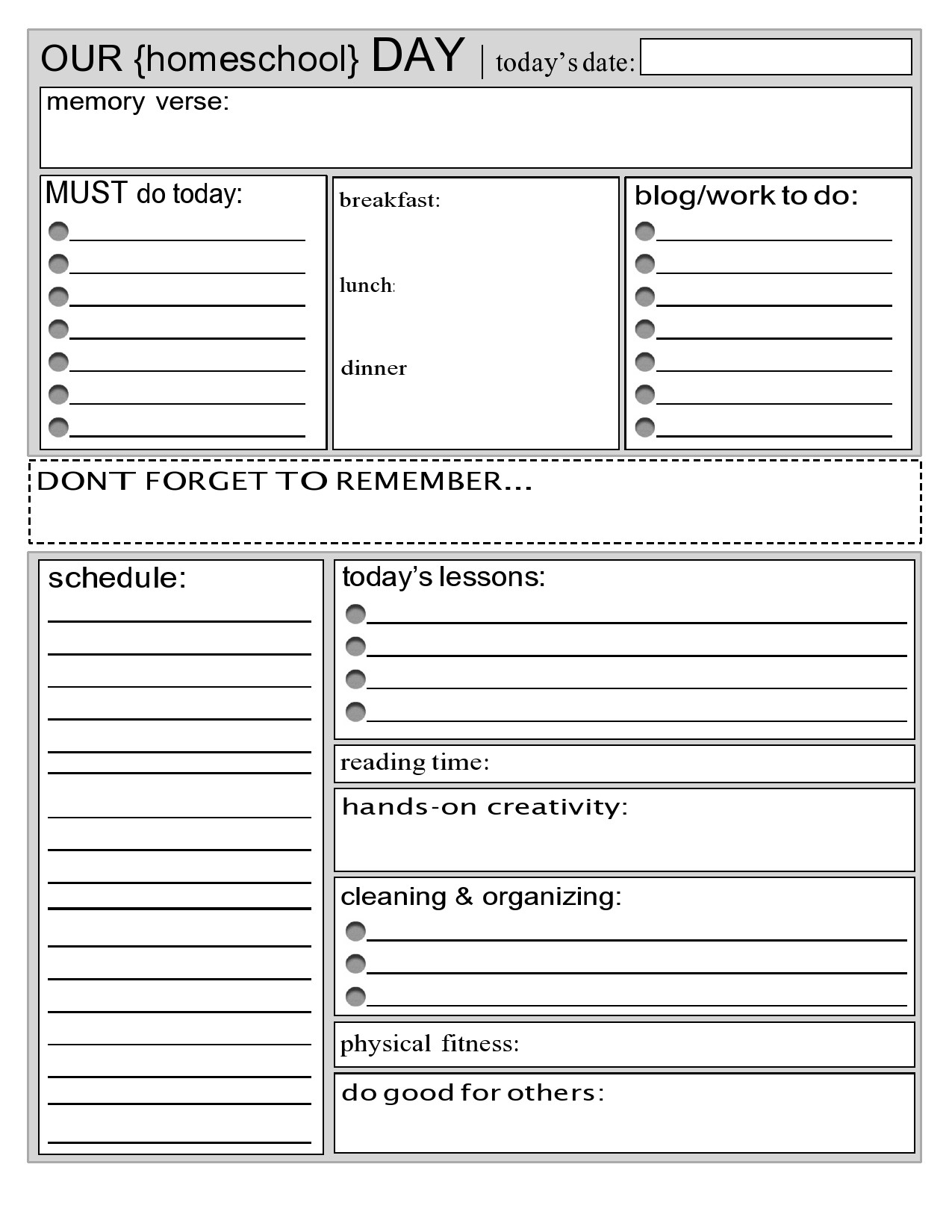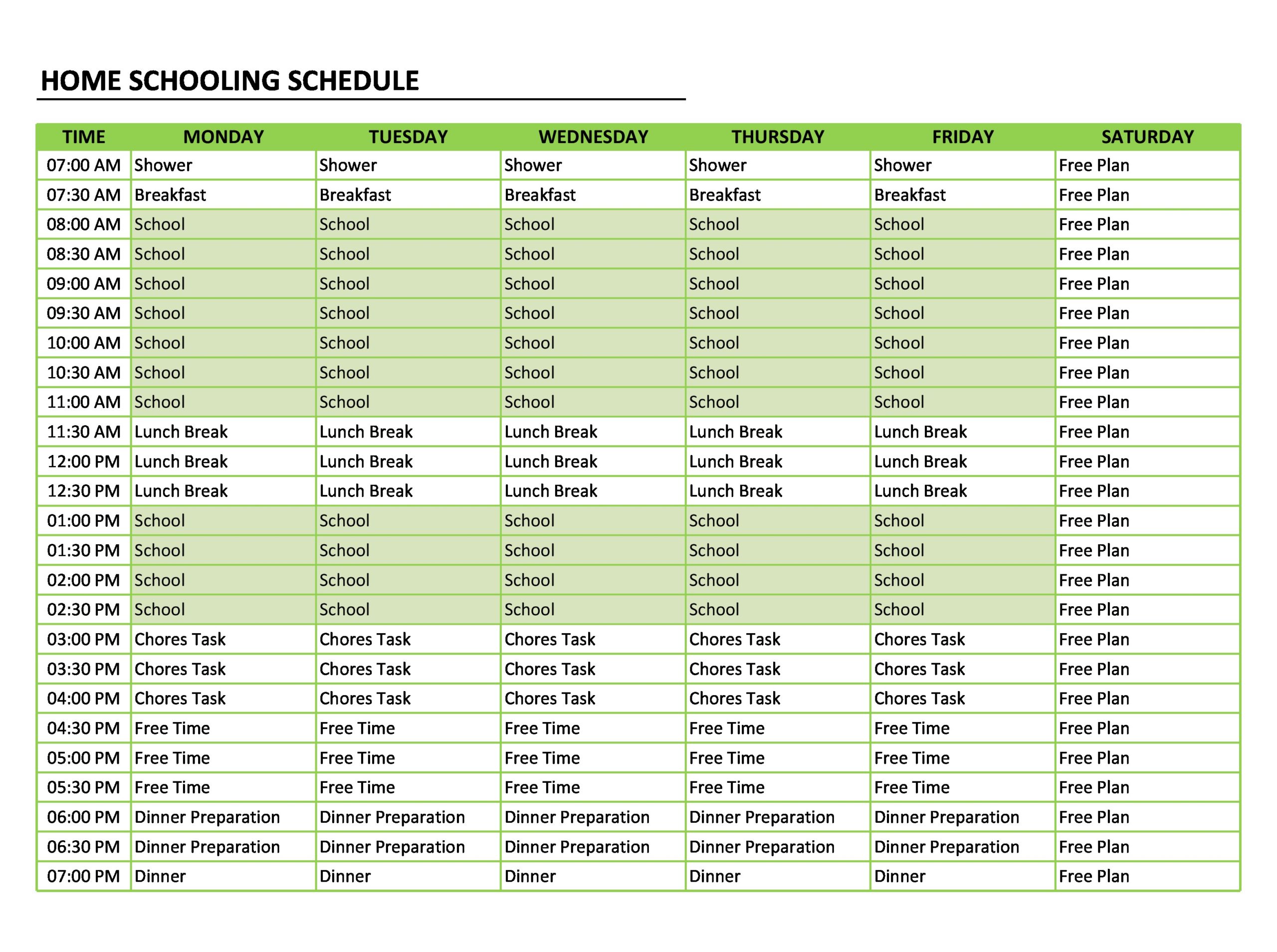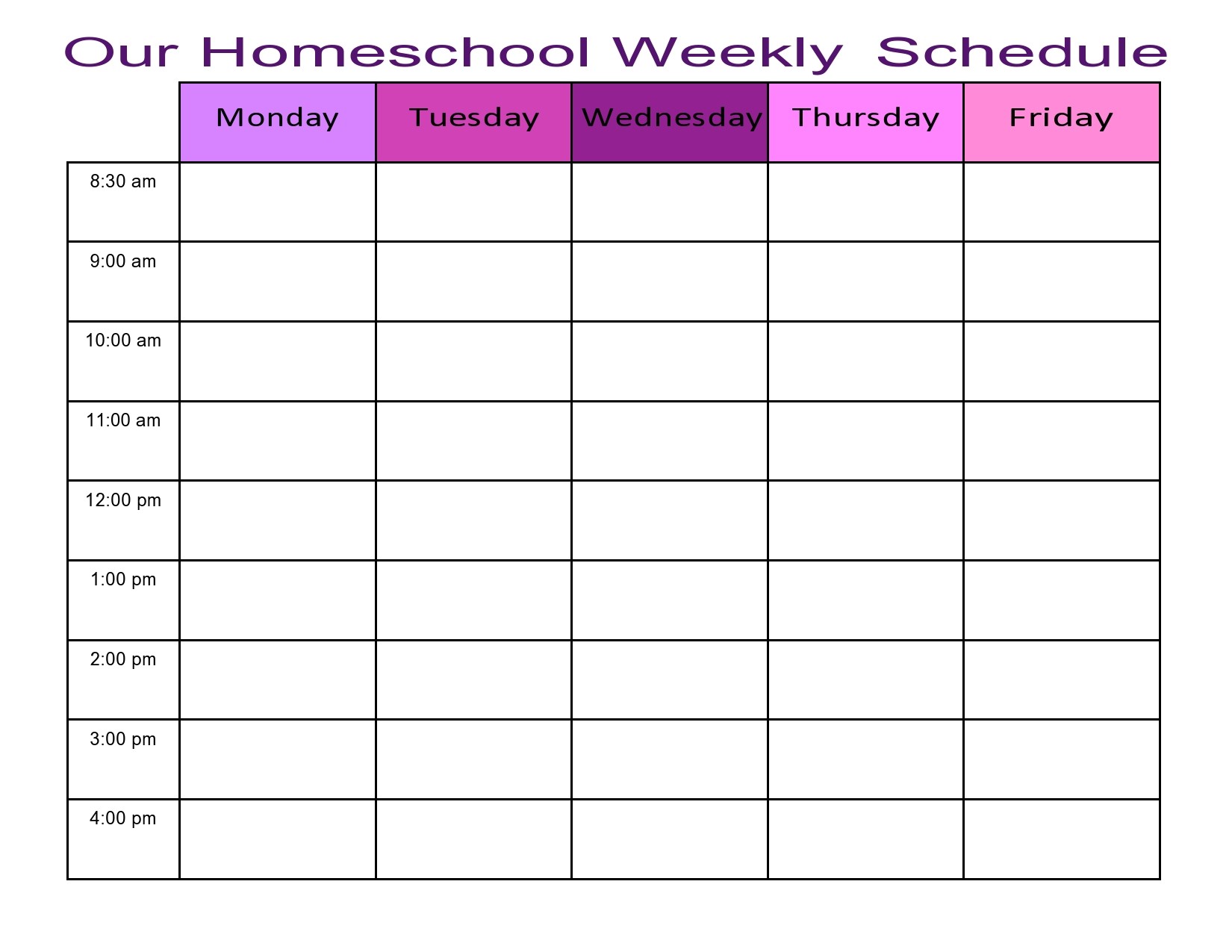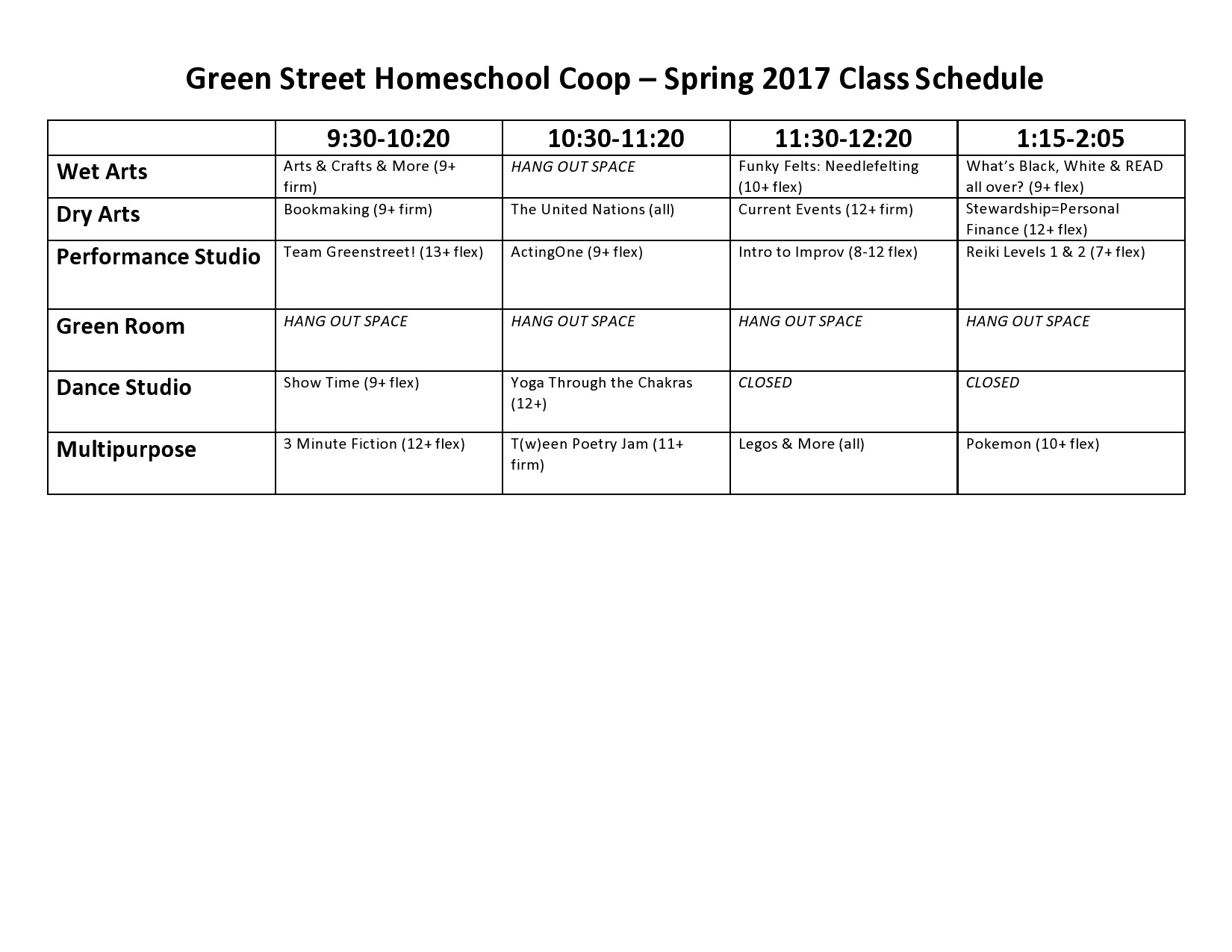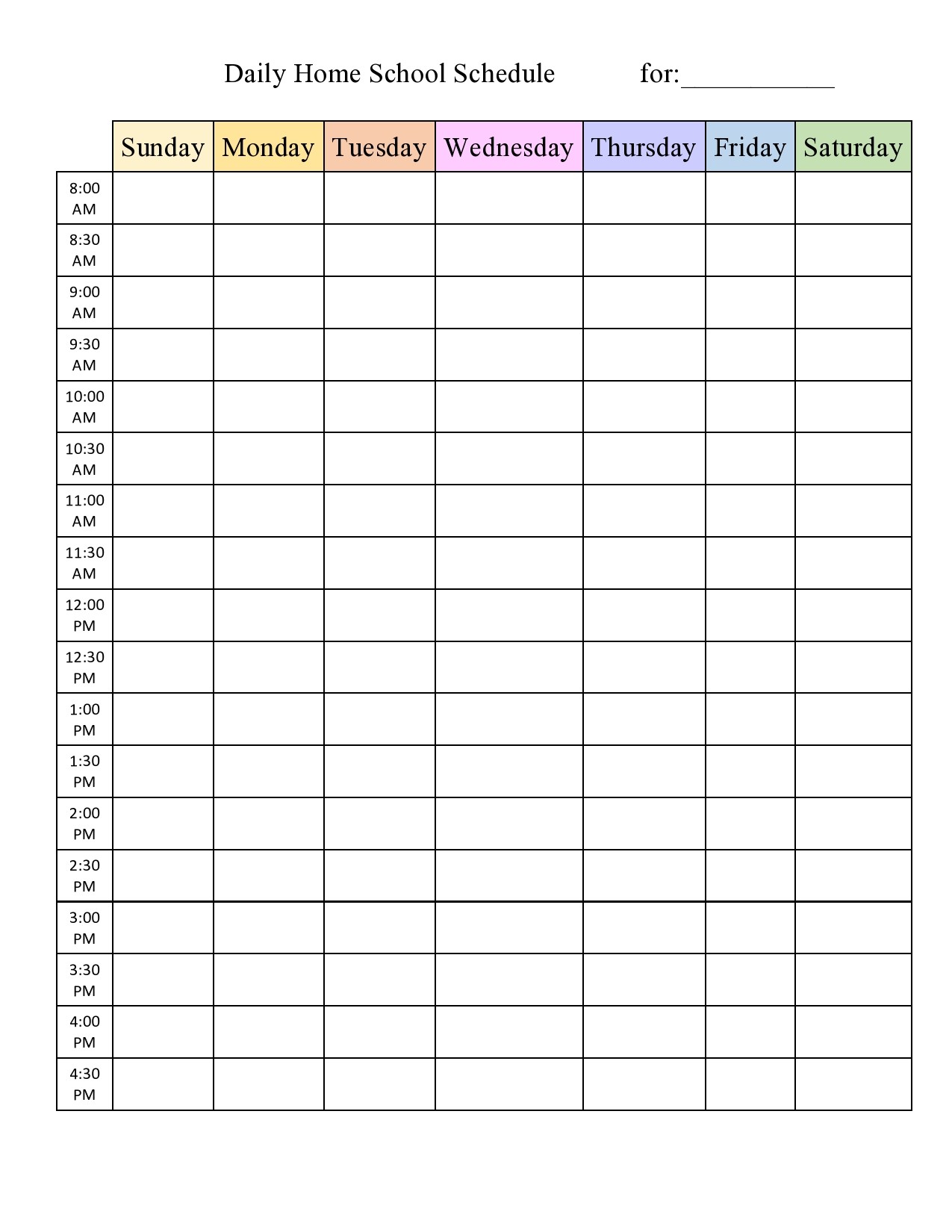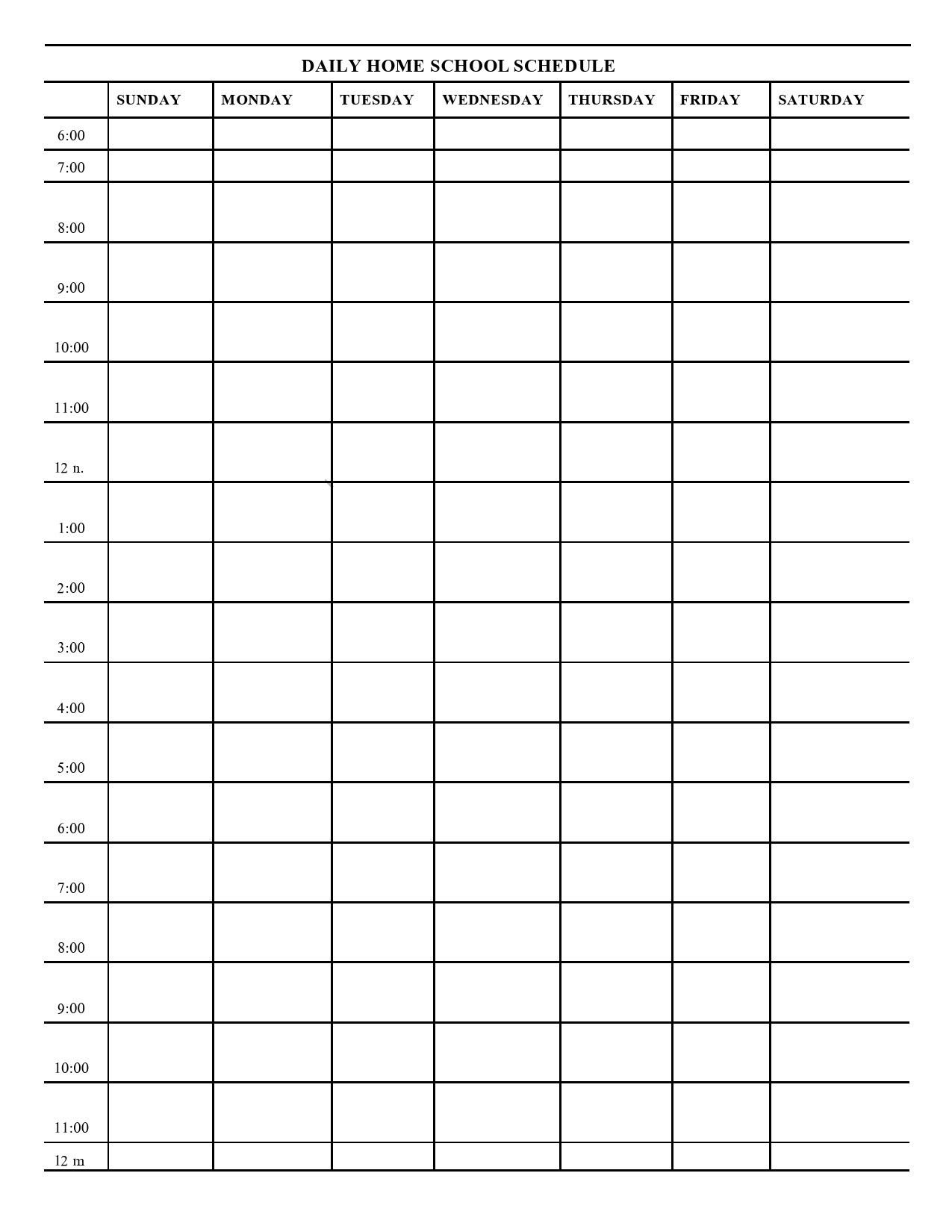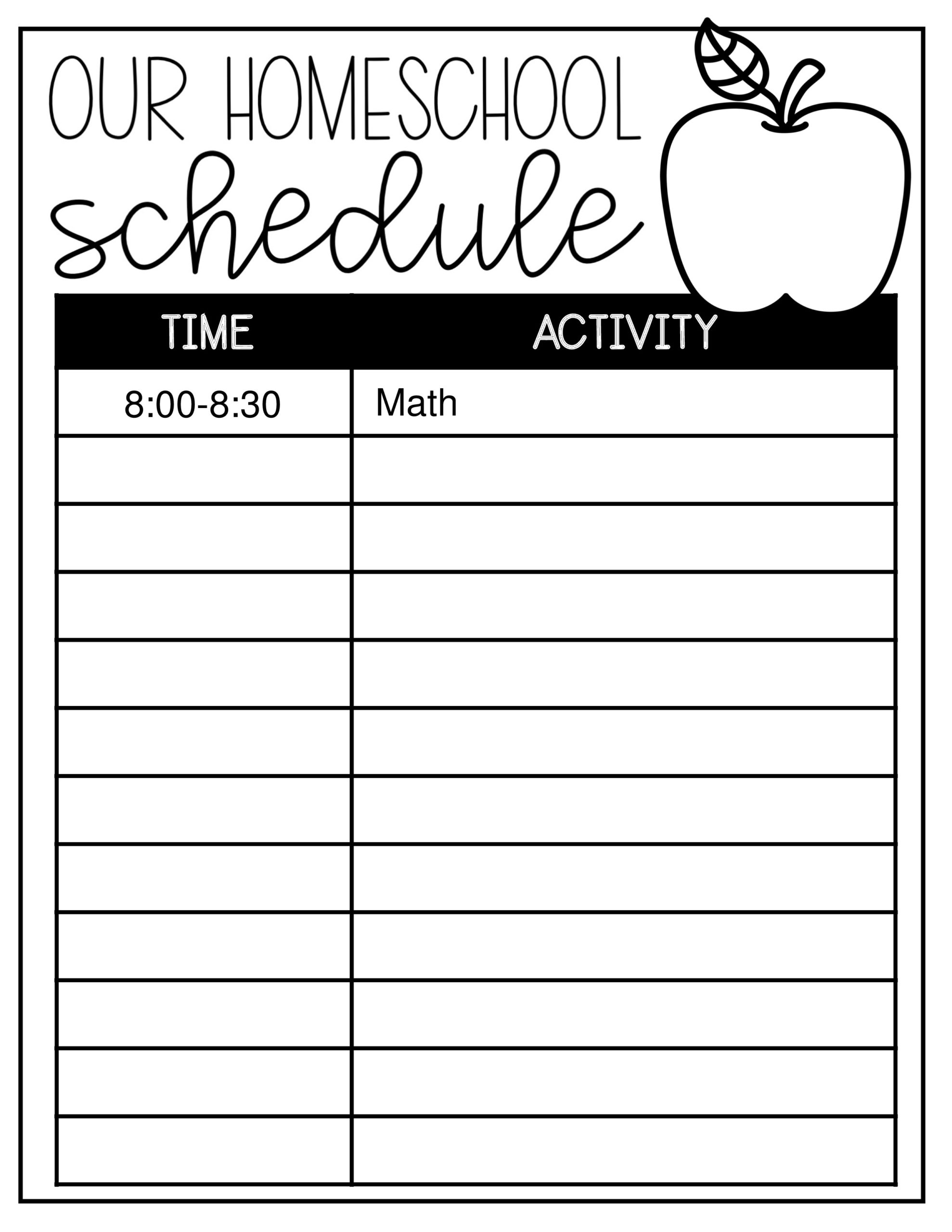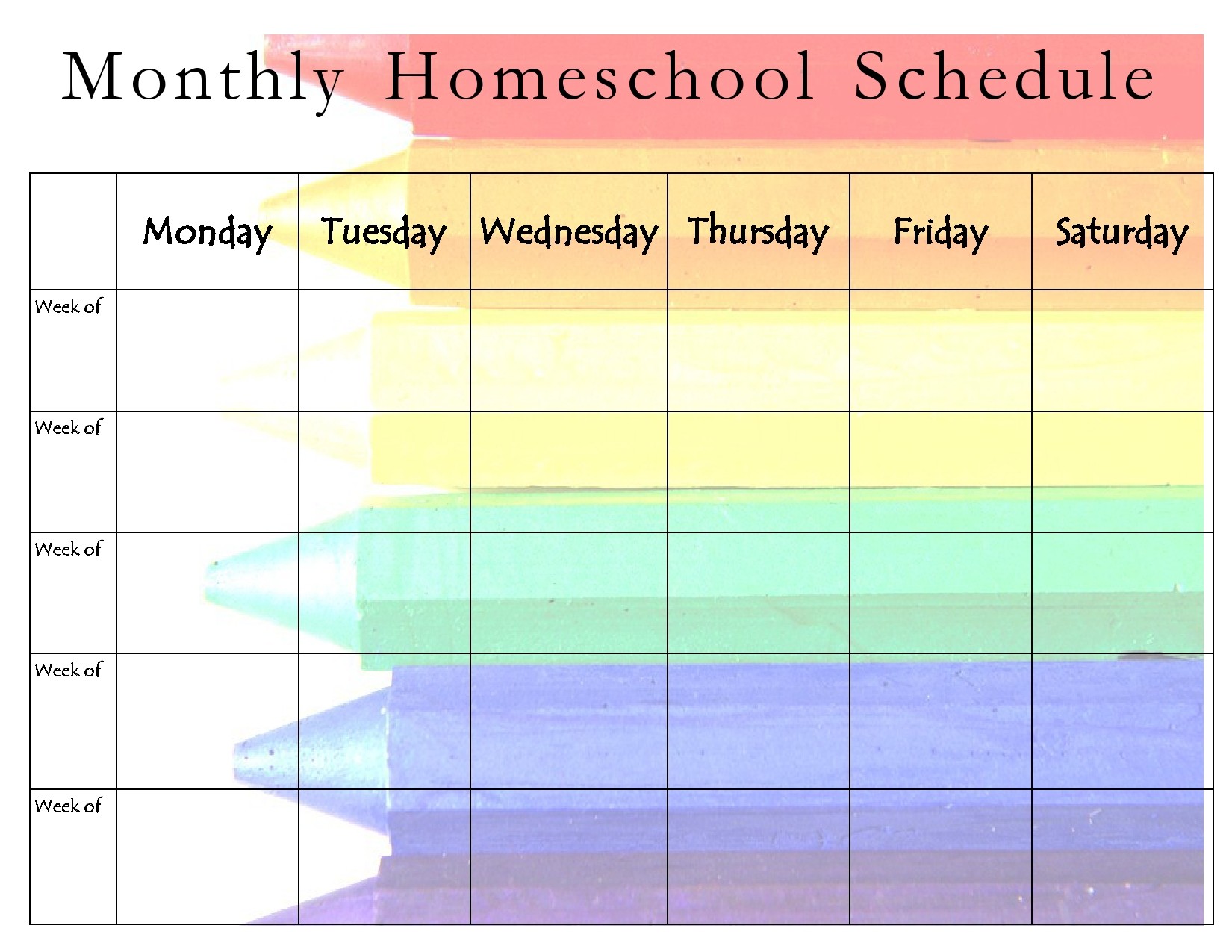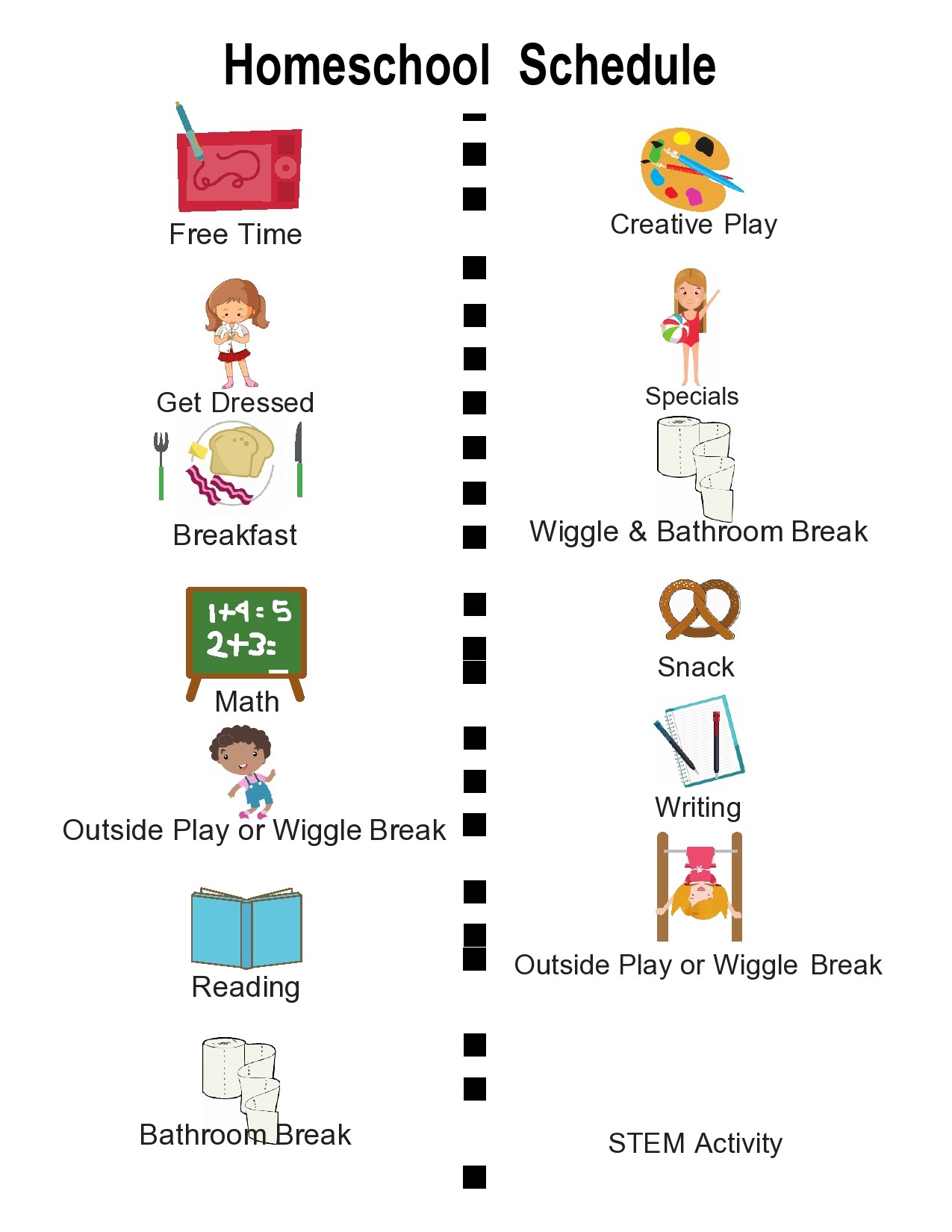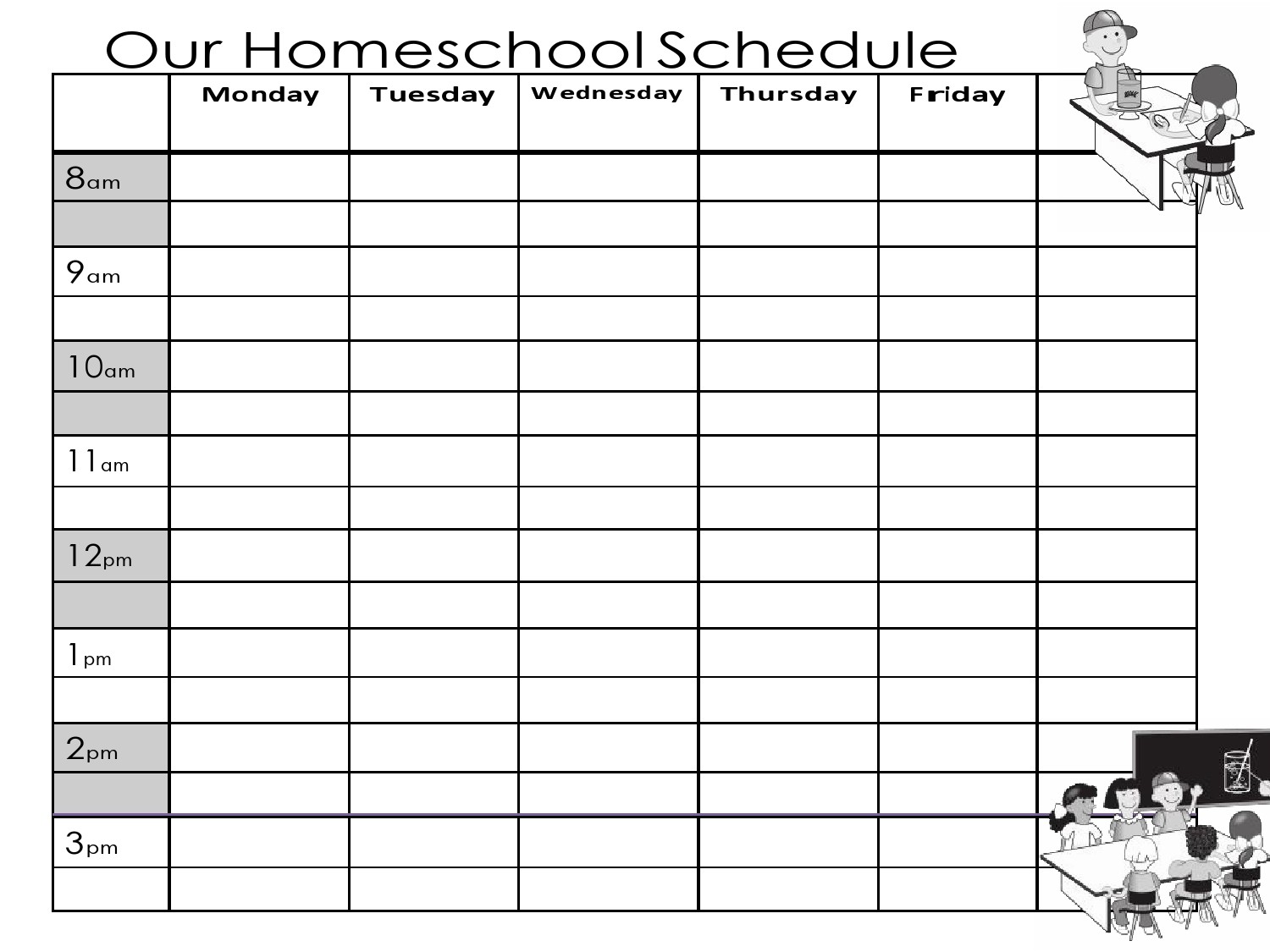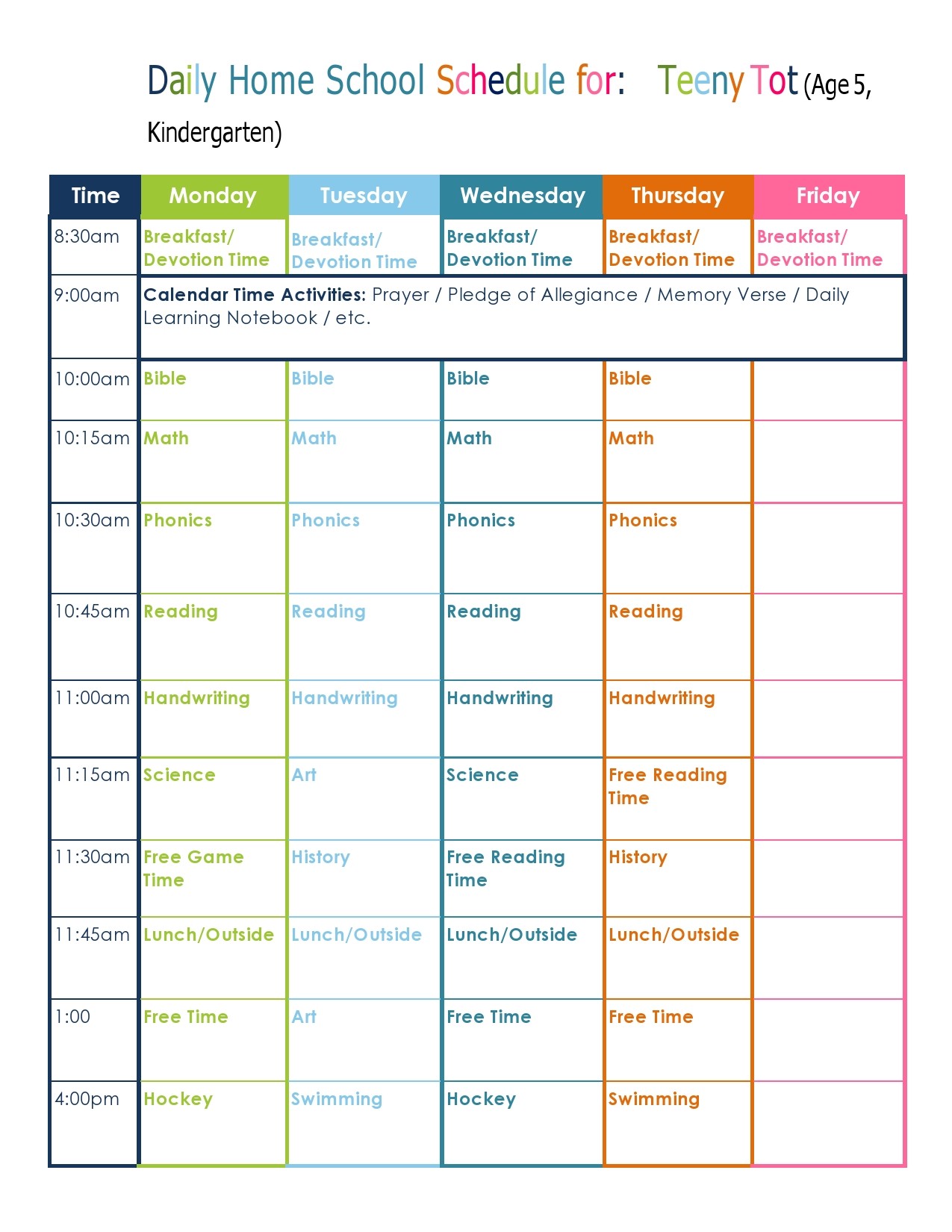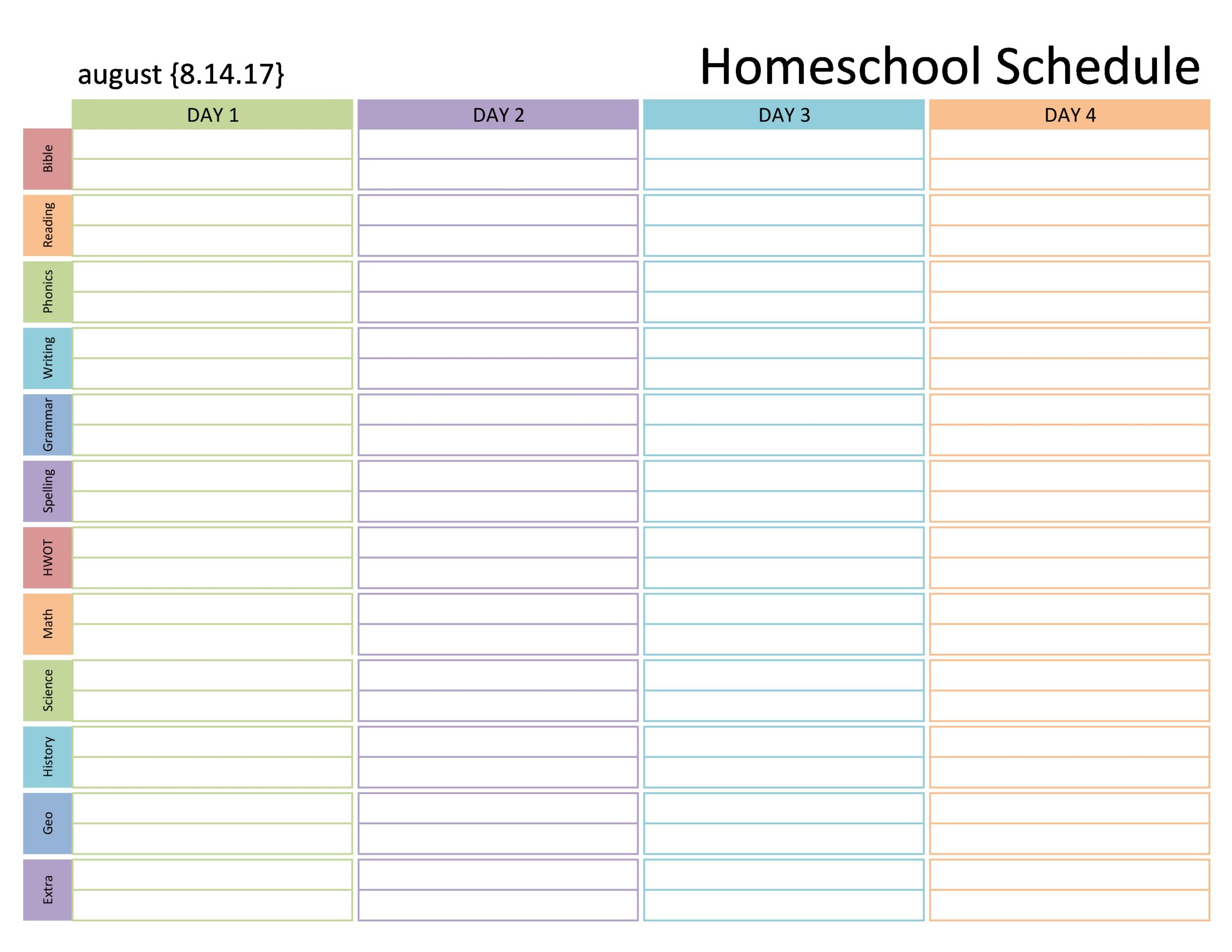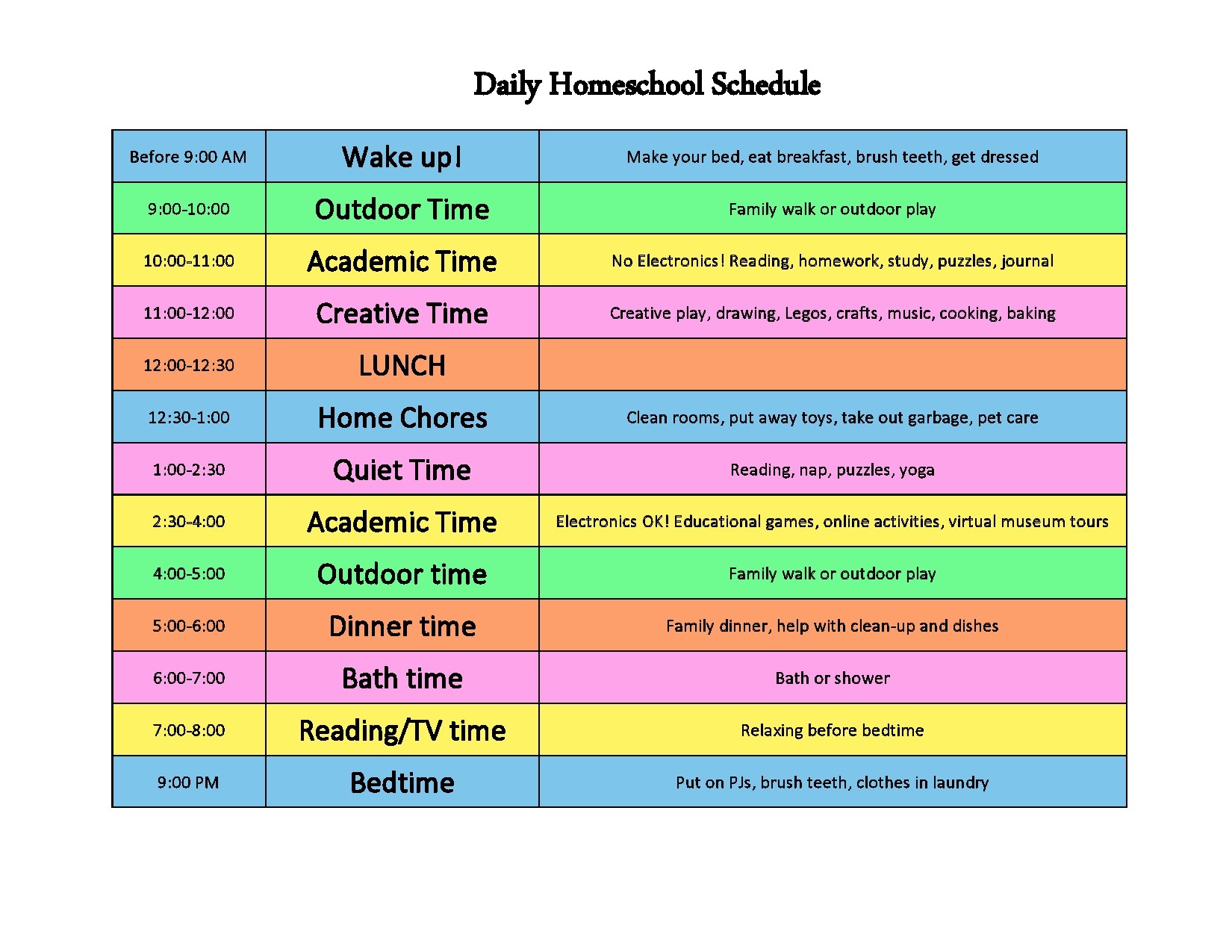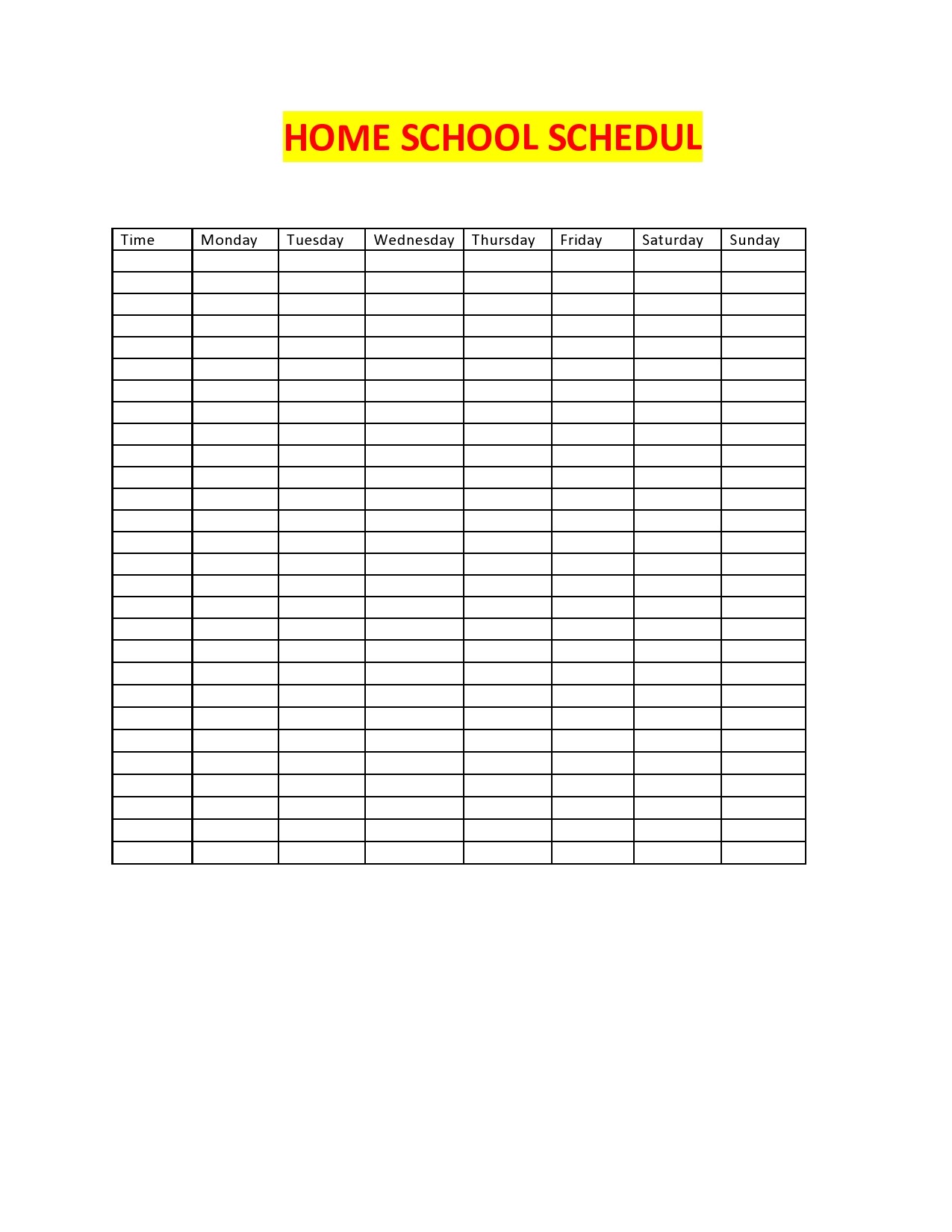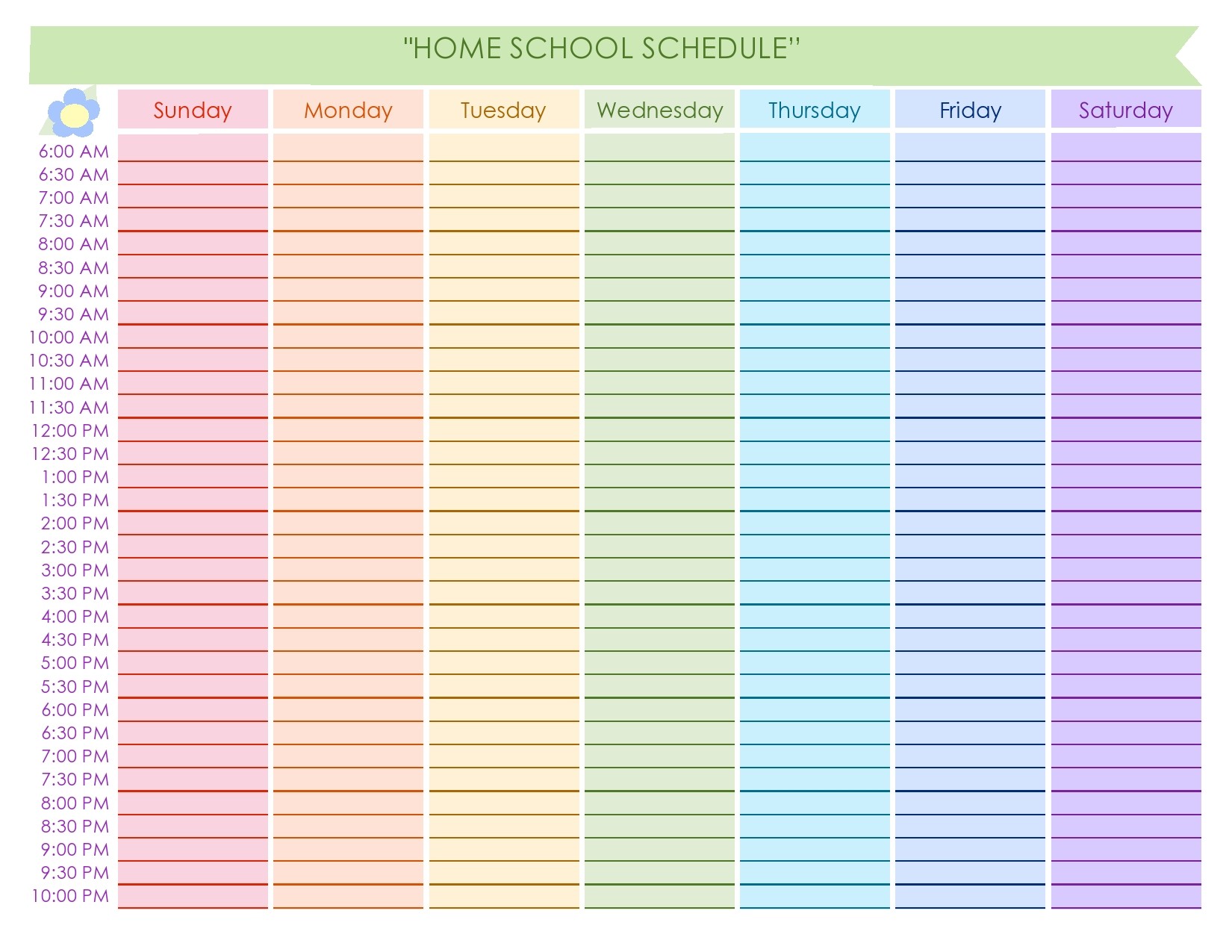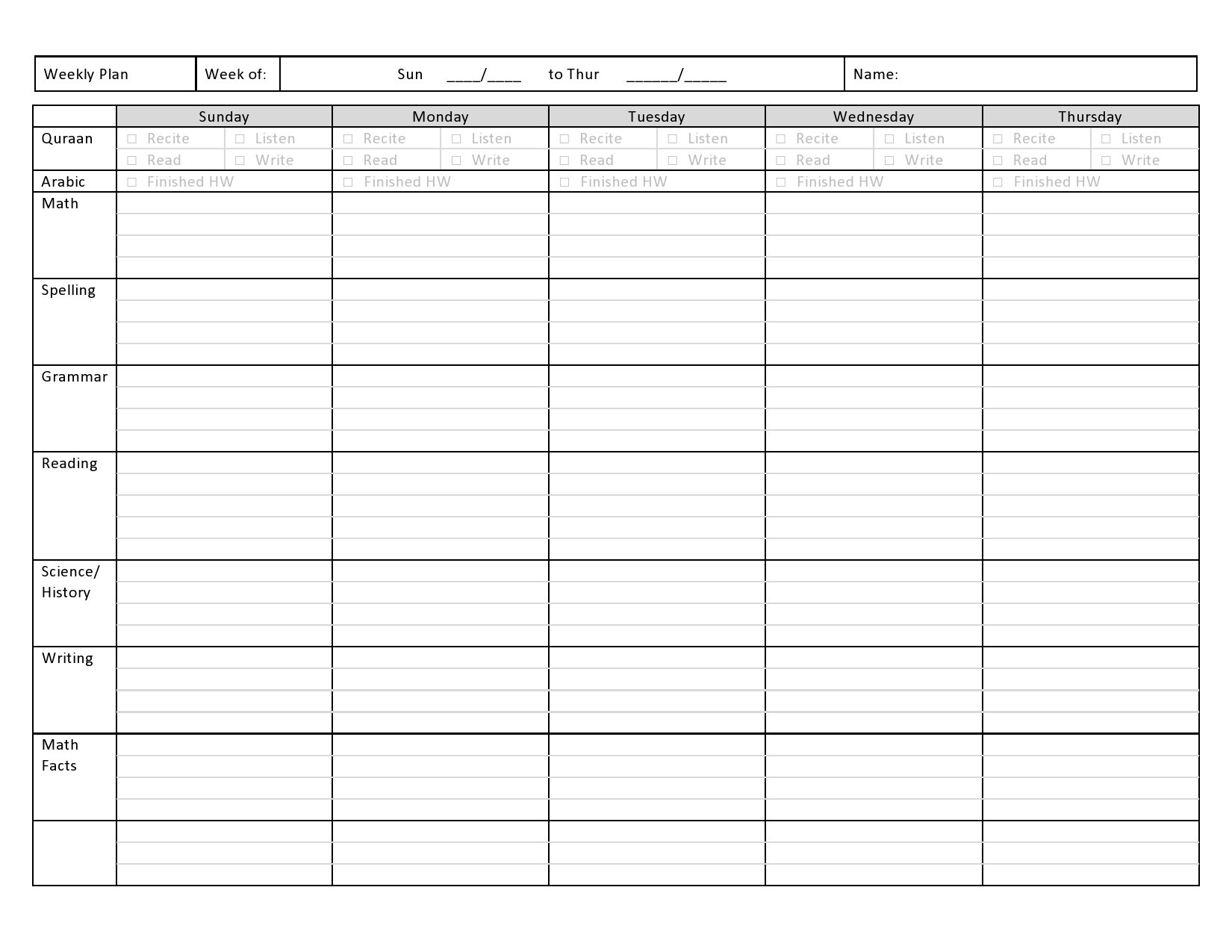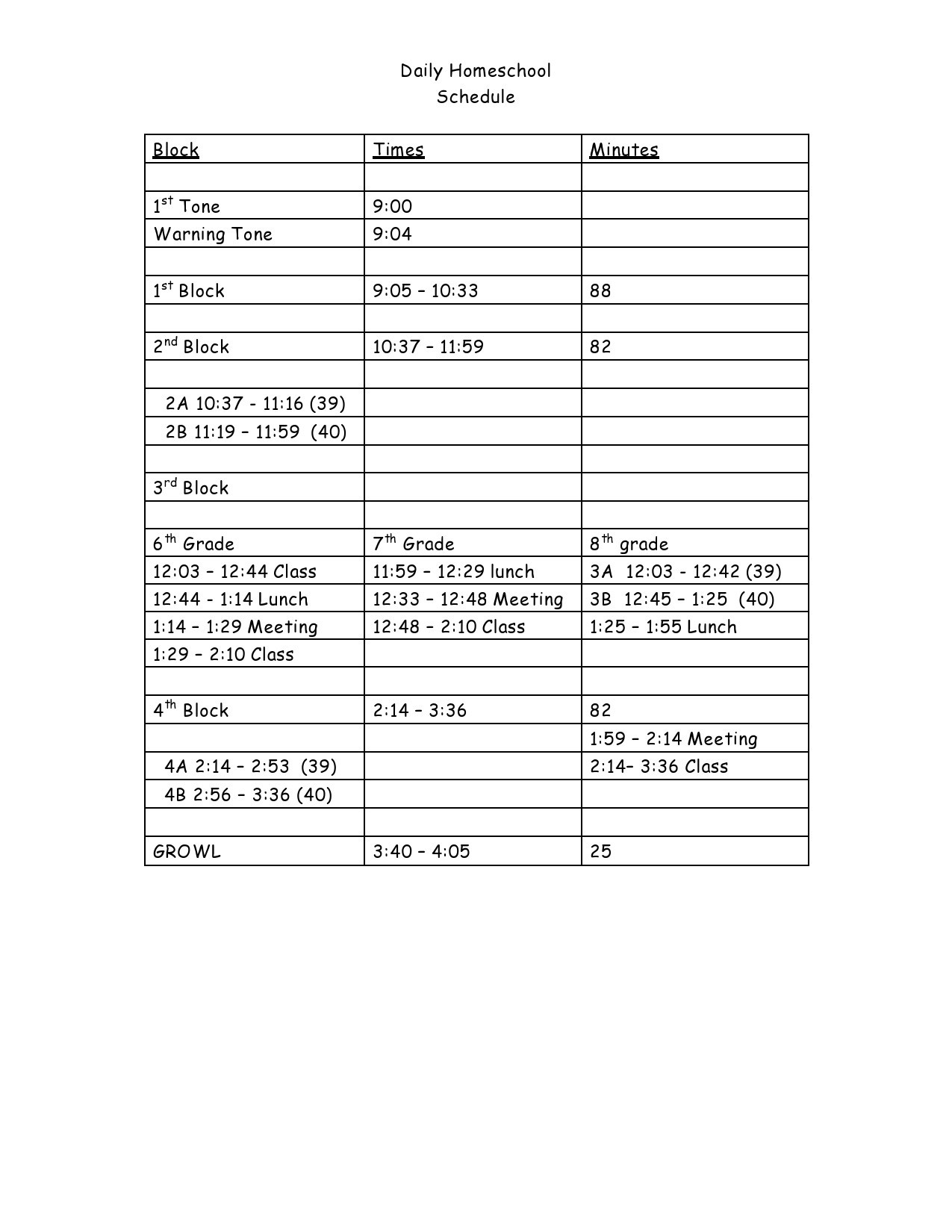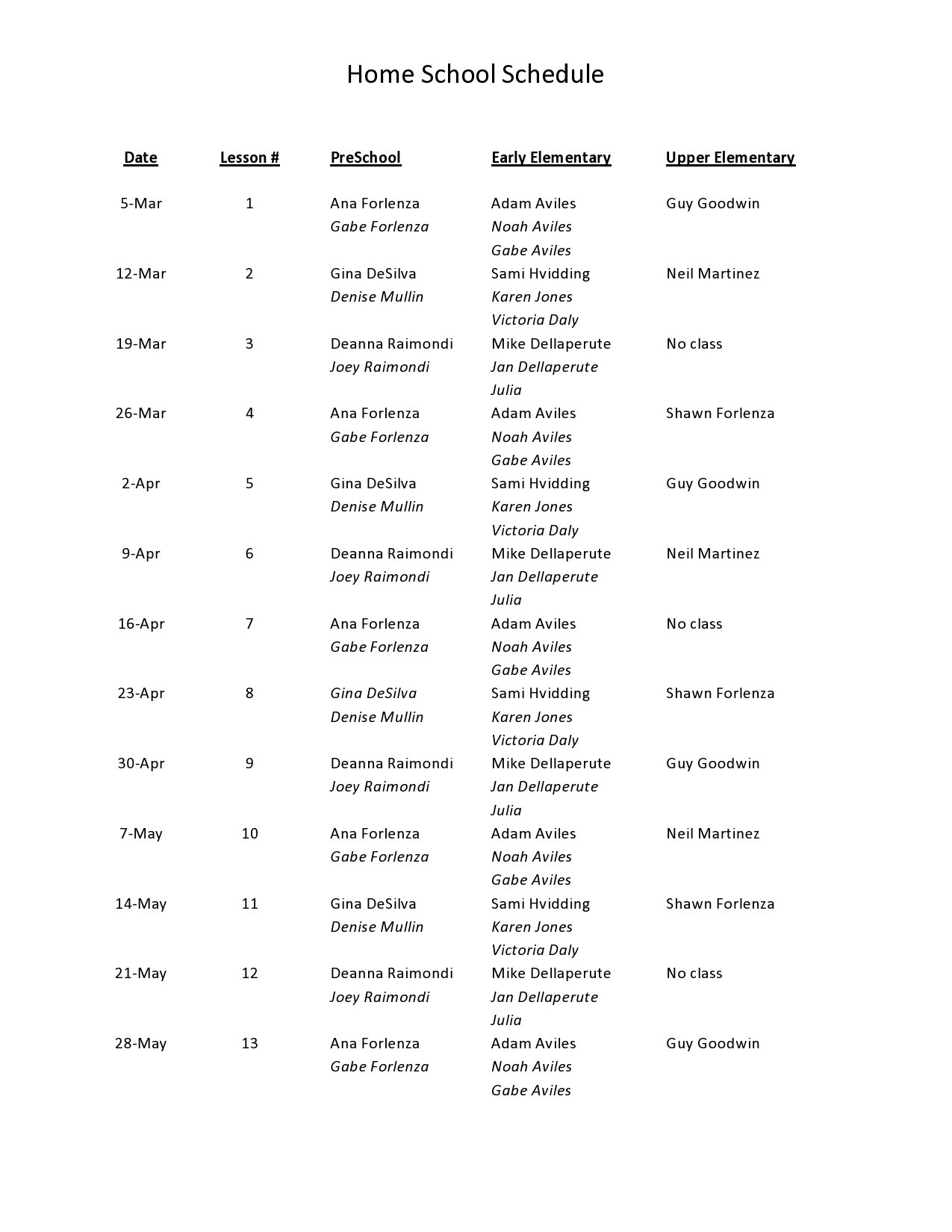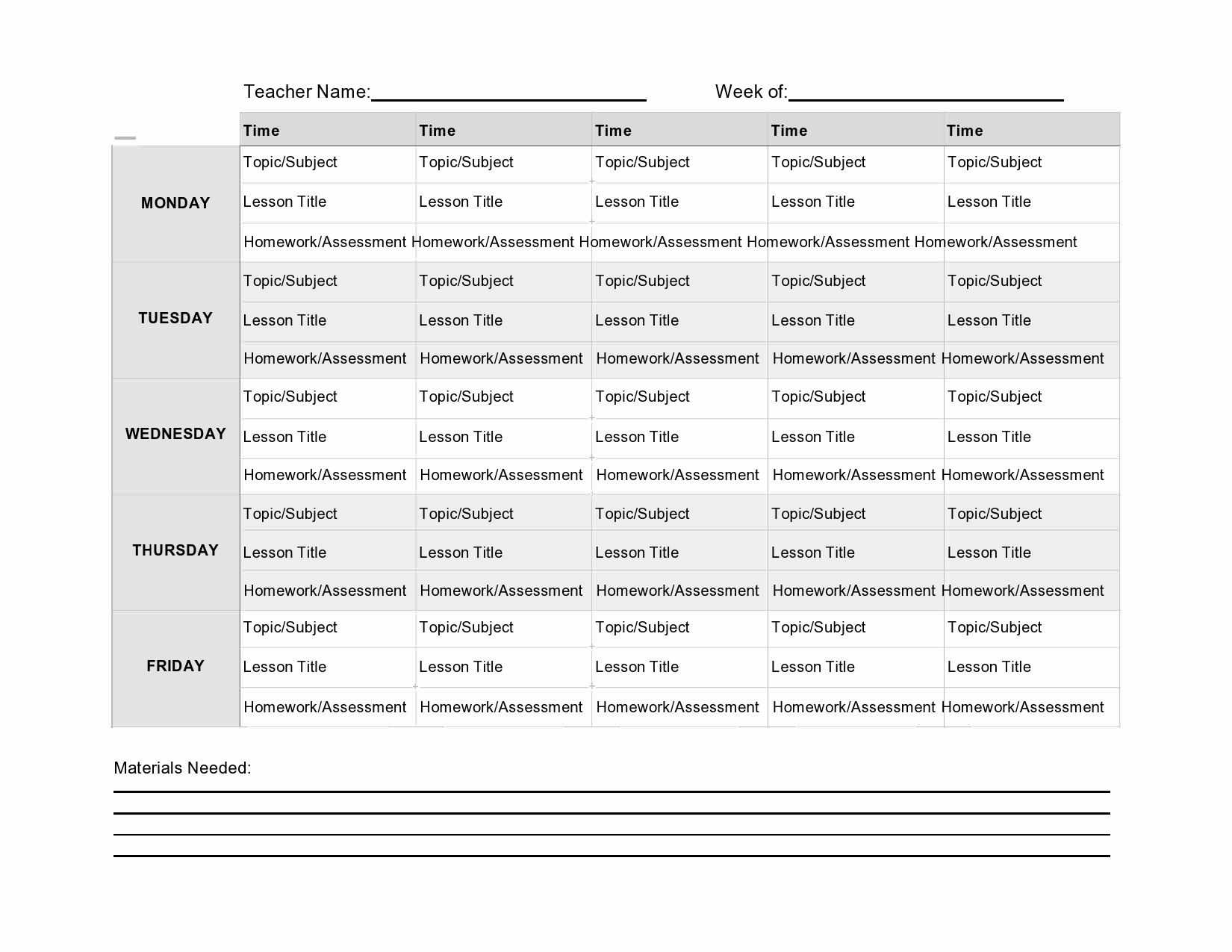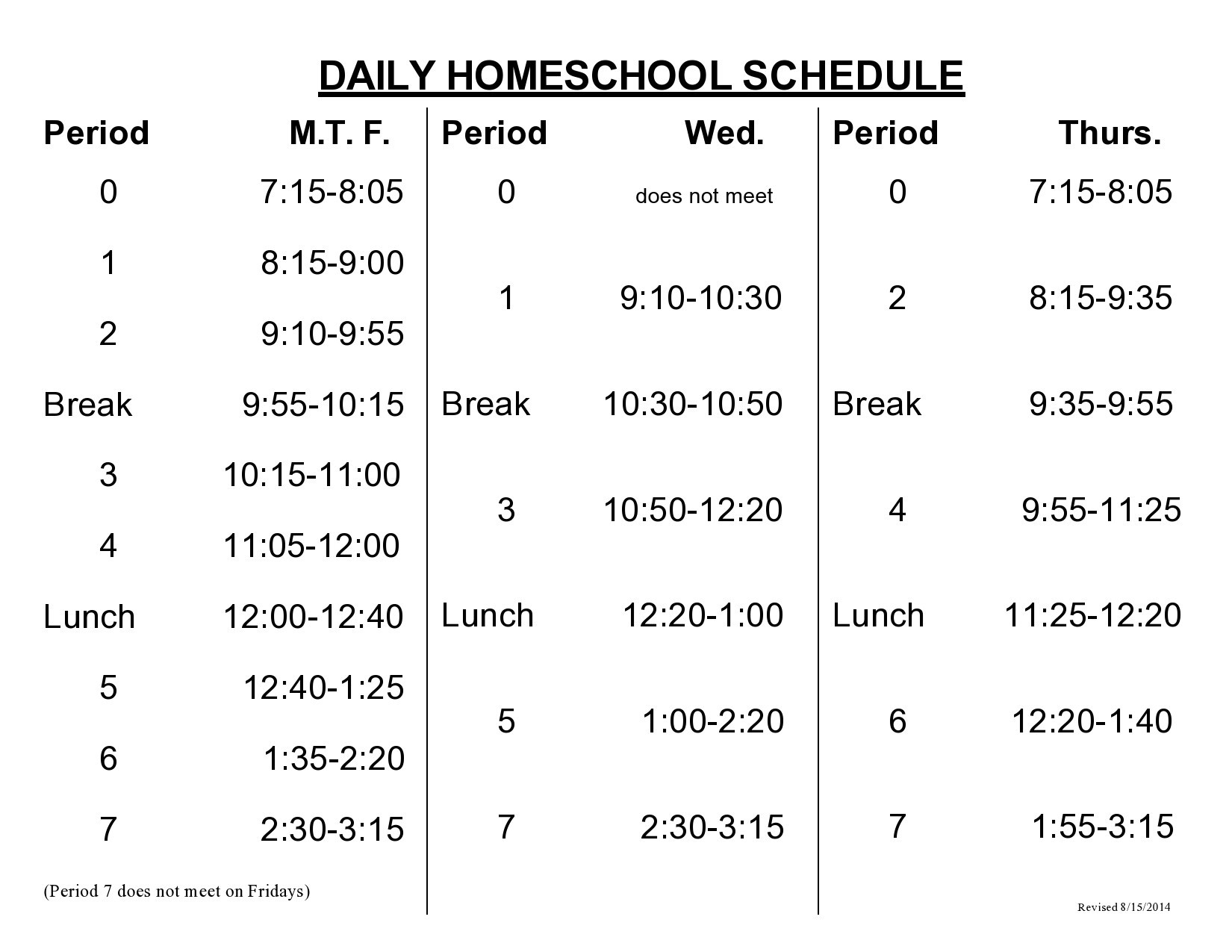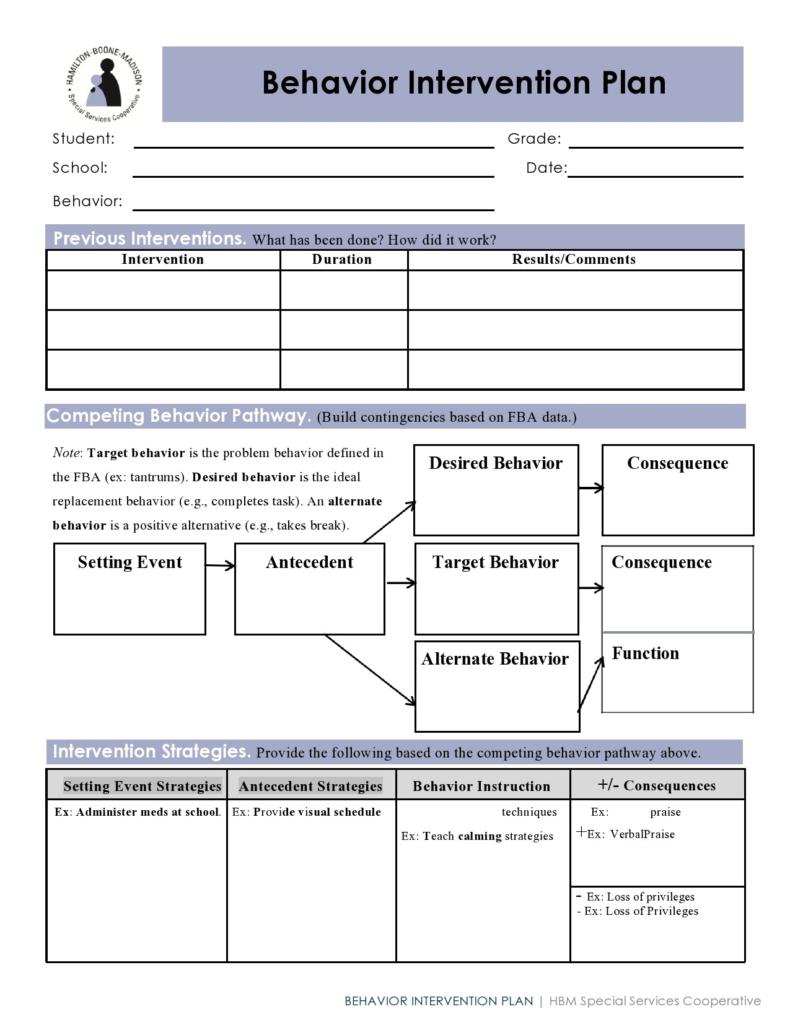You could have decided to join the growing number of parents across the states who have chosen the homeschool education system for their children against the mainstream system. Home school laws and guidelines require that your homeschooling child receive full education fit for their age. Although it is legal in all the states, most parents find it difficult to have a pre-defined lesson schedule for teaching their children and sticking to it. Having a homeschool schedule template will save you the troubles.
Table of Contents
- 1 Homeschool Schedule Templates
- 2 Is my child eligible?
- 3 Is homeschooling beneficial?
- 4 Printable Homeschool Schedules
- 5 How do I create a daily schedule for homeschooling?
- 6 Daily Homeschool Schedules
- 7 Annual schedules
- 8 Weekly Homeschool Schedules
- 9 What is a typical homeschool schedule?
- 10 How do I prepare myself for homeschooling?
Homeschool Schedule Templates
Is my child eligible?
Any child who has attained school-going age is allowed by law to attend homeschool and be taught by a parent, tutor, or guardian. If your child is a special case, the law prohibits them from homeschooling. Instead, take them to a special education center or attain formal permission from the center.
Is homeschooling beneficial?
There are many homeschooling benefits especially if you have a daily homeschool schedule because you will be able to teach your child in a friendly, flexible environment. Some of the benefits of homeschooling are:
- You don’t break any laws: homeschooling is legal and you cannot be sued for not taking your child to a mainstream system.
- Ample time for outdoors: you get enough time to play, walk, mold, and do experiments.
- Quality learning: there is no competition for one teacher against thirty learners. Your child gets full attention.
- Conducive environment: Your child gets to learn within the family set up away from bullies in the mainstream system.
- Flexible schedules: You get to plan your schedules in favor of your family needs and set up.
Printable Homeschool Schedules
How do I create a daily schedule for homeschooling?
Home school schedules help you follow a certain pattern for teaching your child. Sometimes they are difficult to follow because each day is different from the other and each family goes through unique challenges. Here are points that will help you create a workable homeschool schedule.
Draw a template
Start by drawing a template and dividing your template into workable chunks and giving them names. You could draw five chunks for a day and name them something like early morning, mid-morning, midday, after lunch, and checking out. By doing this, you have created a general overview of how the daily activities will be like.
Once you name your chunks, fill in your subjects according to the learning styles of your children. Some children learn math better in the morning and language in the afternoon and so on.
Space your subjects
Your child will get overwhelmed and bored if you try to compact several subjects together. Instead of compacting, space out and cover each subject two-three times a week to avoid burning out.
Type them in an editable home school schedule
Type your schedule in the editable homeschool schedule so that you can make changes and adjustments anytime to fit into the current demands of each day/season. Your editable version is also a printable homeschool schedule which after editing, you can print each time you edit and pin it in your kid’s study room.
Incorporate your weekly daily schedule with the annual syllabus
Homeschooling is not impulsive but follows a set of the curriculum as guided by stakeholders in the department of education, although each state may have its set guidelines for homeschooling. The curriculum is set to fit a given year and each year has the semesters. Your weekly daily schedule should smoothly flow with the overall semester and year in terms of progression.
Daily Homeschool Schedules
Annual schedules
Most states have a curriculum set for a 180-day school calendar, each divided into two semesters and two quarters per semester. This forms the base for home-based curriculum developers and it will work well for most homesteads, especially if the family has some children homeschooling while others attend regular schools.
Your annual schedule should follow the official curriculum and possibly fall within the first quarter that starts from Labor Day to the beginning of June. Considering the challenges of homeschooling, you may customize your annual schedule as long as the total period falls within the 180-day set period.
From the full year schedule, break it into two semesters and let each subject topic fit within its semester, then break it down further into two to fit each quarter and finally arrive at your weekly daily schedule.
Weekly Homeschool Schedules
With your weekly subject schedule already in place, plan your weekly calendar according to your job demands. You could be employed in a specific workstation; you could be a homemaker or a work from home individual.
Your weekly daily schedule should run in a duty/off work preference such that you attend homeschool lessons when you get back home or after finishing your chores or work from home assignments.
Because of your work-related duty, your weekly daily home school schedule could start from mid-week, weekends, early week, and so on and the hours could be fixed in the afternoon, early morning, evening, and so on as long as you stay in focus. With this in mind, you may divide your weekly daily schedules into two segments to fit your daily life chores and career as follows.
- Compact schedules
Compact schedules focus on allocating more time to a particular activity or subject or giving the activity several days within the week. For example, you may allocate reading two hours instead of one hour or allocate math three lessons within the week.
One benefit of compact schedules is that they help the learners recover lost hours in case of a missed lesson so that they stay within the curriculum timelines and allow time for activity-based subjects or practical.
Using compact daily schedules will also help you adjust your time for work and house chores, or even attending to an infant. - Spiral schedules
Spiral schedules are schedules that don’t follow a specific linear pattern but follow a pattern in circles/cycles. That means, you do not allocate your subjects specific time but allow them to fall on schedule once their opportune time arrives.
For example, you may write down the subjects you need to be covered throughout the week, but fail to allocate them time because of your nature of work. Let us say you plan to do music, art, and reading during the week. As you progress with your duties, an opportune time for music presents itself while at the table, and you make maximum use of it.
The spirals are loops that go round in circles and connect to your subject at specific undefined times.
What is a typical homeschool schedule?
Some states may have an outlined number of hours for daily homeschooling, but most parents find it difficult to stick to the state’s schedules. A typical day in regular schools may run for 5 hours, but your typical homeschool day may run for three hours.
With your attention only directed to your child, you save time than when attending to 20 learners. To help you overcome the challenges of your weekly daily schedules, these points could help.
- Be flexible
Learning should be fun and you might need to adjust whenever necessary to fit into the day’s need and challenges because each day brings its trouble. Your subject flexibility could include things like changing your starting time, interchanging subjects, delaying some subjects, and so on. - Be routine minded
Following hard rock schedules will bring frustration at some point or the other. If your schedule lists spelling at 11 am, circumstances might change and you find yourself failing. Instead of wearing yourself out with schedules, be routine mined, and follow routine patterns that can always be adjusted to fit into the current circumstance. - Have every child in mind
You could have more than one child homeschooling and another underage. When planning your schedules, consider every child, and bring them onboard smoothly and systematically. You may give time to your younger children first, followed by the older ones. - Have allowances
In your weekly homeschool schedule, be flexible and allow time for unforeseen situations. Your child could become moody on a particular day and slow everything, or a tree might fall in your backyard and put the lesson on hold or even a neighbor might decide to make life a mess for you that day. Allow for unforeseen circumstances. - Have copies of your schedule
Once you have set your schedules and typed them, print a few copies and place them on your study room table so that your children get acquainted with it. In your computer or phone, store some printable homeschool schedules which you can download or print anytime the need arises.
How do I prepare myself for homeschooling?
Homeschooling could be challenging, especially for beginners. It is important to be prepared both in body and mind because you may get disoriented and give up. Here’s how to prepare
- Family needs: Consider family needs like infants, special needs, chores among others
- Sleep patterns: Some kids sleep in afternoons while others wake up early
- Job demands: You could be working 40 hours a week. Adjust yourself for extra learning time
- Outdoor lessons: Some lessons require more practices in the outdoors than others
- Academic cycles: It’s better to start after Labor Day.

